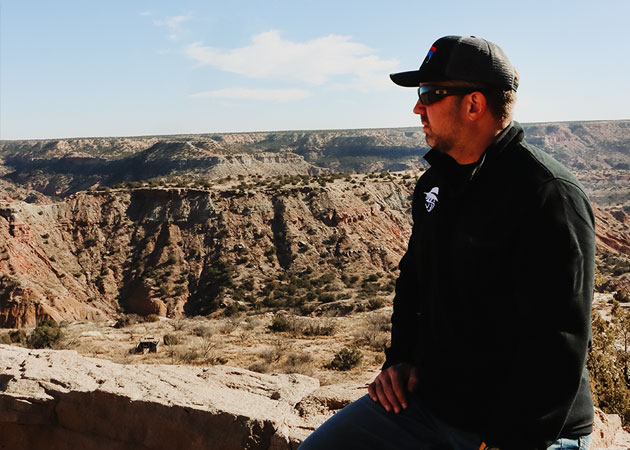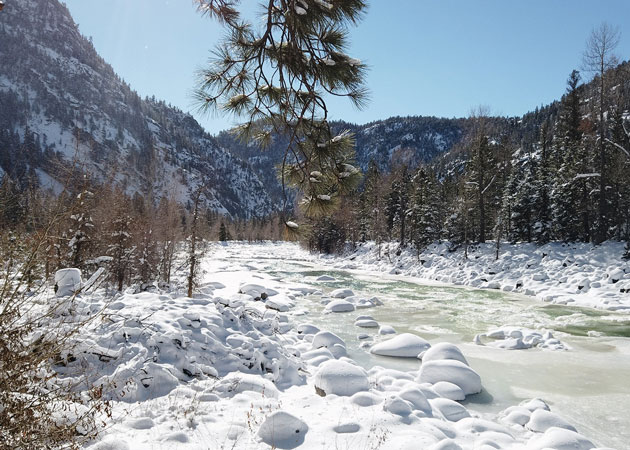In a recent video, James Bigley, a real estate professional, talks about the origin of feral pigs in Texas. It is a fascinating story that began with Christopher Columbus bringing swine to the West Indies, followed by Hernando De Soto bringing 700 pigs to Florida. Domestic pigs were often carried on these excursions as a sustainable, low-maintenance food source. Before Columbus, there were no pigs in America. Now, the U.S. has over 6,900,000 feral pigs in 35 states.
A Big Pig Problem in Texas
The population in the United States continues to increase at an estimated 18-21% per year due to their high reproduction rate, ability to thrive across various environments, generalist diet, and lack of natural predators. Texas has at least a 2.5 million population of feral pigs. In Texas, you are free to hunt wild pigs all year, yet hunting and trapping only reduce the population by 25%. Hunting is not the most effective method of lowering the population. Pigs travel in groups called Sounders. Unless you kill or trap the whole group, they will scatter and form sounders everywhere, like blowing on a daffodil.
Why not change the way of handling the feral pig overpopulation? Because there is a robust feral hog hunting industry in Texas, a whole economic ecosystem of guides, landowners, and professional hog management services exists because it’s so easy to hunt hogs. But, unfortunately, putting that toothpaste back in the tube would be extremely difficult.
The Damage They Do!
Wild pig populations in the United States cause irreversible ecological damage and enormous economic impact. Listed as one of the top 100 worst exotic invasive species in the world In 2007, researchers estimated that each wild pig carried an associated (damage plus control) cost of $300 per year. With an estimated 5 million wild pigs in the population at the time, Americans spent over $1.5 billion annually in damages and control costs. Assuming that the cost-per-wild pig estimate has remained constant, the annual costs associated with wild pigs in the United States are likely closer to $2.1 billion today.
Then There is Fecal Matter
Wild pigs also directly contribute fecal coliforms into water sources, increase sedimentation and turbidity, alter pH levels, and reduce oxygen levels. Such activities lead to an overall reduction in water quality and the degradation of aquatic habitats. Impacts from wild pigs are positively correlated with population density and vary in severity among ecosystems. However, monetizing such damage would undoubtedly increase the estimated costs associated with the species
Can You Eat the Meat?
Yes, you can, IF you keep in mind that they can harbor over 45 different diseases, and some of those may infect humans. To prepare the meat, cook until the internal temperature is 160 degrees. If you experience any flulike symptoms, call your doctor right away.



